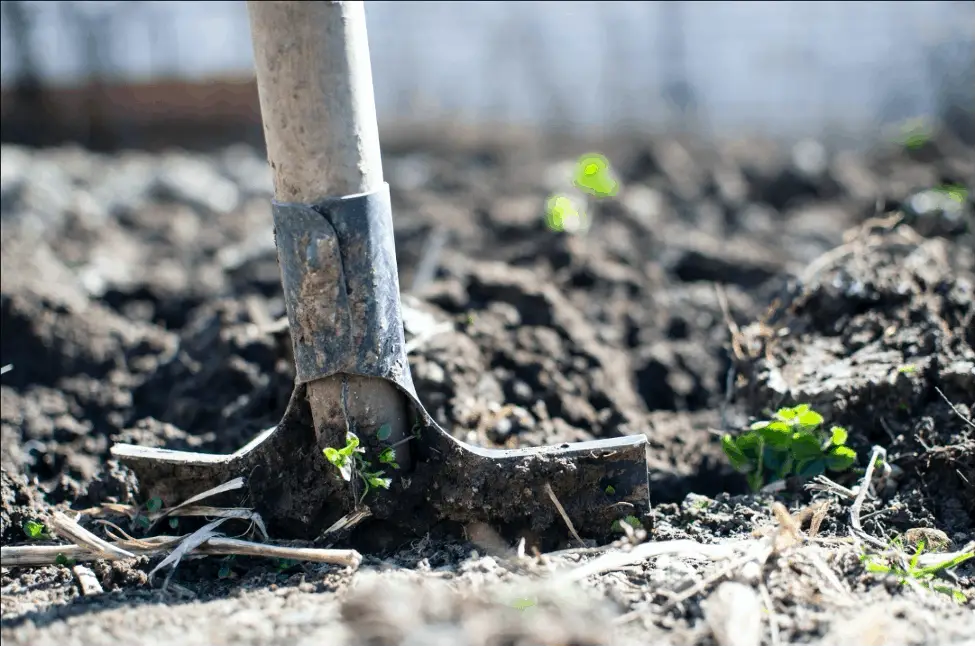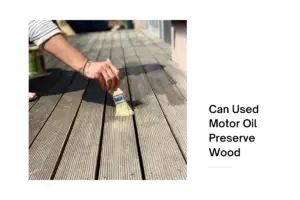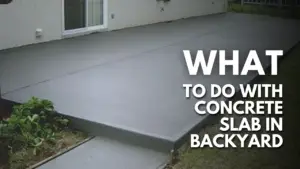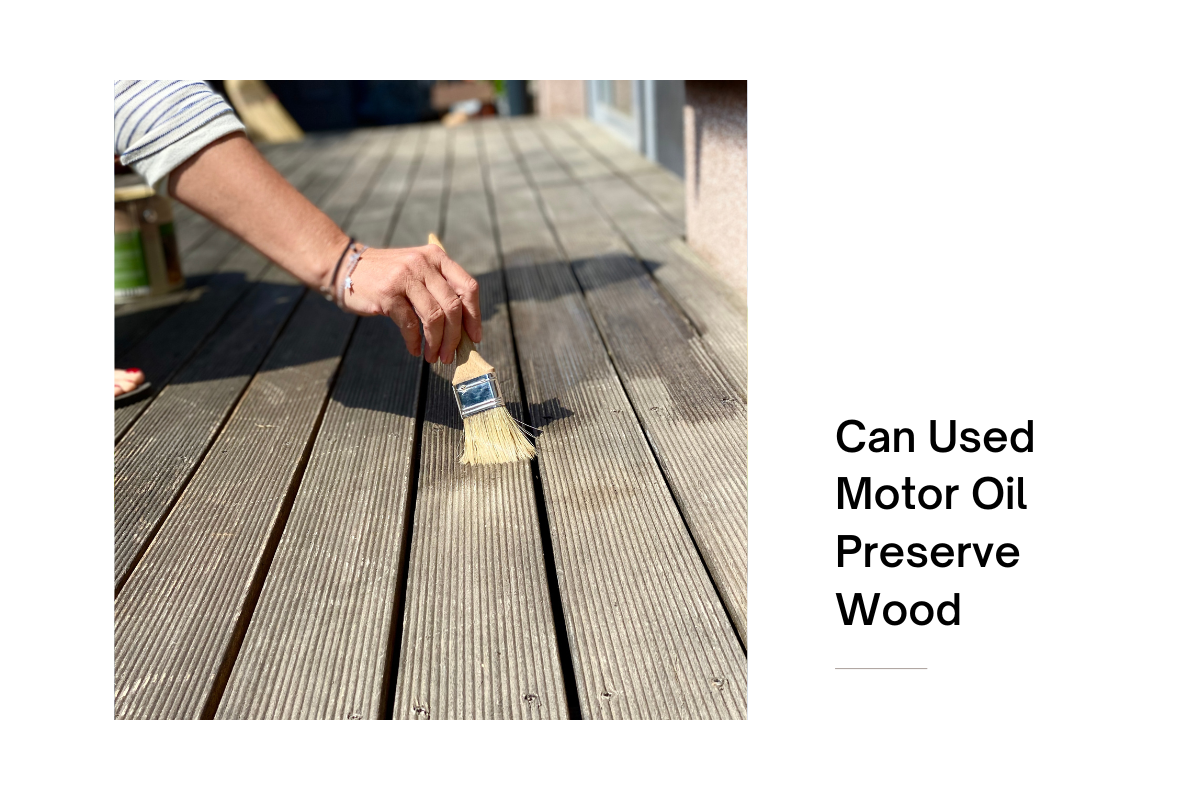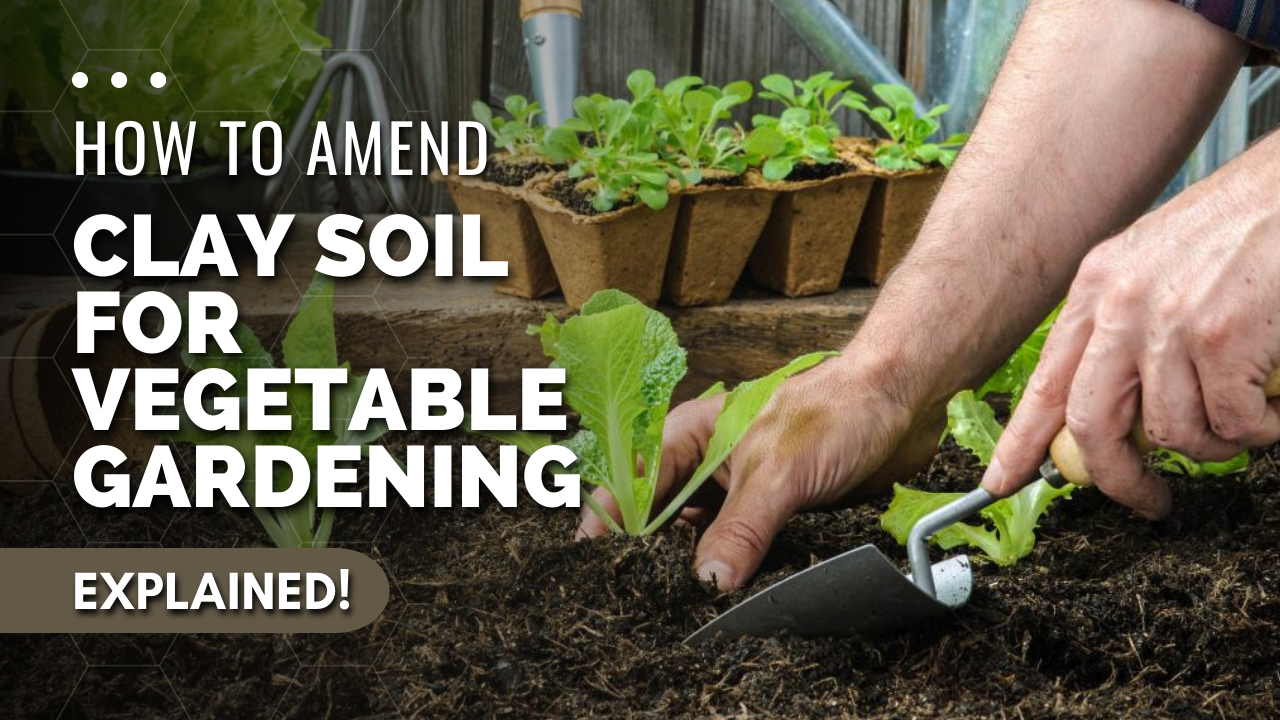Homeowners wish to level their backyard gardens for many reasons. For example, they want to level it because they want to build their house on top, put in a new lawn, or prepare the ground for swimming pools, patios, sheds, etc.
Whatever the reason may be, for those wondering how to level your backyard yourself, continue reading for step-by-step instructions that will help you out. We will also share additional tips that will help you with this task.
Tools You Will Need
You will need a set of handy tools if you are leveling your garden yourself. Most of these supplies are available at hardware stores or rented out from specific rental yards in your local area.
- Wheelbarrow
- Long-handled shovel
- Long-handled and steel-headed landscapers rake – make sure it has a head that is 3 feet wide
- 8-foot-long 2 x 4 piece of wood
- A 3-foot carpenter’s level
- Water-filled roller
- Tiller- depending on how much land you will need to level
- Hammer
- String
- Measuring tape
- Stakes
- Leather gloves
- Sod (If necessary)
- Grass Seeds (If required)
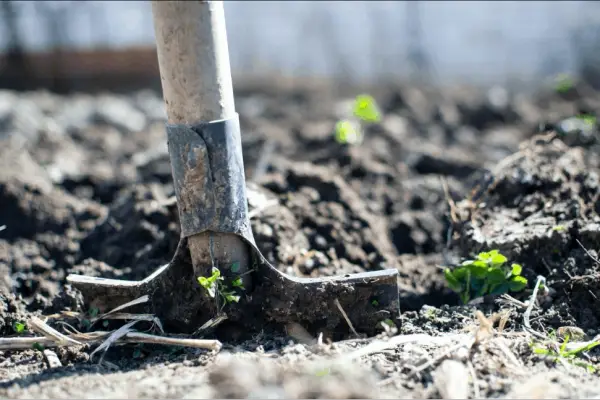
The First and Most Important Step
The number one thing you need to be mindful of before leveling is that the soil needs to be moist before you level it because dry soil does not level properly. Thus, if your soil is dry, you must add water to it for a few days until it is moist to a depth of at least 6 inches.
However, also make sure that when you water it, the soil does not get too wet as that is also not favorable since it will become too heavy and hard to work with. In that case, wait for a few hours or one day till the water dries up.
How to Level Your Backyard Garden
1. Mark Your Area
Begin with placing wooden or plastic rakes to mark the area that you want to level. The site does not have to be a square or rectangle unless you plan to add sod later.
2. Use a String Level
Attach strings so that they stretch between the rakes and are just above the ground. Then attach a string level to the strings to determine your ground’s high point. This will give you a starting point, to begin with.
3. Make Adjustments
You might want to adjust the grade of your land to help combat any drainage problems. Moreover, you may also need to make adjustments to the string level depending on how much height you want to add to the ground.
4. Remove the Grass
If you are leveling a large area of land, you will need to remove the grass. But if you are leveling a small space or the site is already relatively leveled, you can skip this step. You can remove the grass using a shovel.
If the grass area is sod, you can cut a patch and try rolling the sod as you peel it away to be reused later.
5. Add Your Ground Cover
Again, depending on the land’s size, you might need to add a certain amount of ground cover to level it. The ground cover has to be a mixture of soil, manure/compost fertilizer, sand. If you plan to grow grass in this area, you must add specific nutrients to the ground cover.
6. Spread the Topsoil
Using a garden rake, spread the topsoil. Keep measuring using a tape to make sure it is leveled and even.
7. Tamp the Soil
You can tamp the soil either with your foot or your rake’s bottom if you are leveling a small area. Otherwise, you can get a tamper or plate compacter to compact the soil.
8. Let the Soil Settle
Now you must let the soil settle for a few days. It needs at least two days to settle, if not a week. Regularly mist the land if you do not receive rainfall in your area.
9. Spread Your Grass Seeds
If you plan to regrow grass in the area you have leveled, you might want to buy grass seeds and use a hand spreader or any other tool to spread the seeds evenly.
10. Cover the Seeds
Lightly cover the seeds with a sprinkling of topsoil and lightly tamp it down.
11. Water Lightly
Regularly spray water on the land at least four times a day to encourage the grass to grow.
12. Reseed Wherever Necessary
Give the grass some time to grow, and once individual patches of land are not growing grass, you can then reseed them.
13. Buy Sod
Alternatively, if you don’t want to use seeds or are impatient, you can buy and use sod to give your land a uniform appearance.
Bonus Tips
- Be sure that your garden or land retains some slope to ensure that excess water runs off
- Ensure that you are watering the area you want to level for a few days before beginning the leveling process
- Always wear close-toed shoes when working with tools like a shovel, rake, or pickaxe to avoid any injuries
- Always wear gloves
- Make sure the location you have chosen to level has direct exposure to sunlight, especially if you plan to regrow grass there
- Before leveling the ground, check if there are any low spots and mark them as a reminder.
- If you discover any drainage issues before leveling the ground, you might also need to re-grade the lawn in addition to leveling it
Last Few Words
We hope that you now have a plan on how to level your backyard. By following these simple steps and guidelines, you will be able to level your yard without seeking any professional help.
The most important thing to remember is to stay focused and be patient throughout the process. Leveling your yard will need adjustments as you go along, but with a little work and patience, you’ll have a great base in which to start your garden or grow grass.

